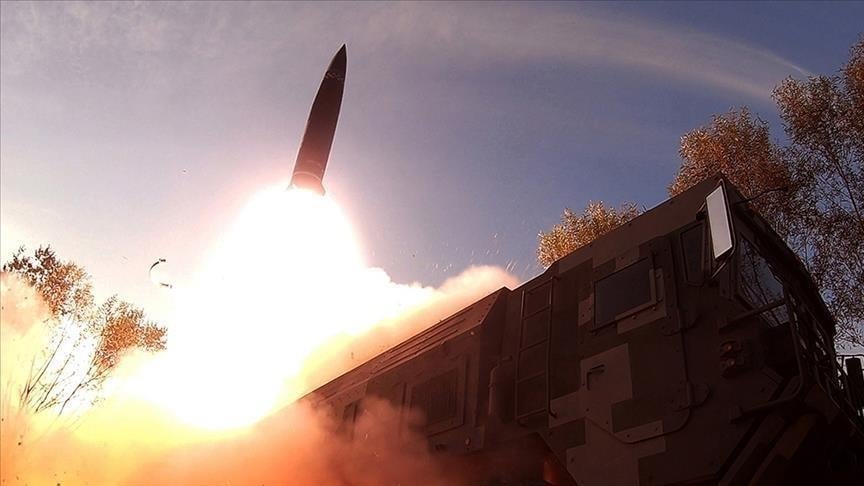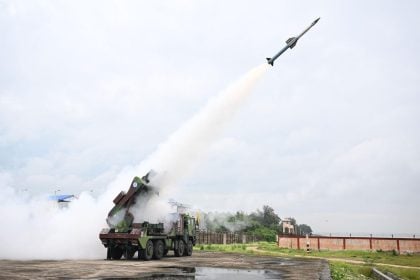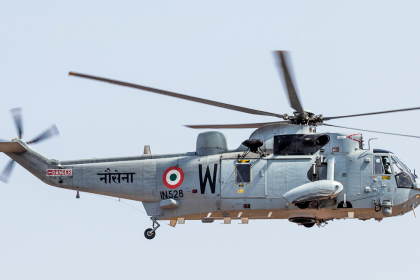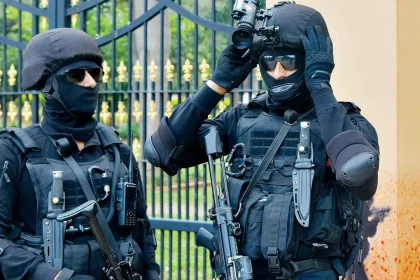North Korea Test-Fires Two ‘New’ Air Defence Missiles
Kim Jong Un oversees launch amid renewed border tensions with South Korea.
DRDO Successfully Conducts Maiden Flight-Tests of Integrated Air Defence Weapon System
Indigenous multi-layered air defence system integrates QRSAM, VSHORADS, and laser-based Directed Energy Weapon.
Ministry of Defence Issues RFI for 76 Naval Utility Helicopters for Indian Navy and Coast Guard
Procurement under “Buy & Make (Indian)” to enhance Navy and Coast Guard’s SAR, HADR, and maritime security capabilities.
Life of an MNS Officer – Salary, Lifestyle & Real Experiences
The life of a Military Nursing Service (MNS) officer in India embodies a remarkable blend of healthcare provision, military discipline,…
How to Join Rashtriya Rifles – Step-by-Step Entry Process
To embark on the journey of joining the Rashtriya Rifles (RR), a prestigious component of the Indian Army specializing in…
Can a Female Become a MARCOS Commando? Answer Will Shock You
The landscape of military service in India has evolved significantly, especially in recent years with respect to gender inclusion. Traditionally,…




